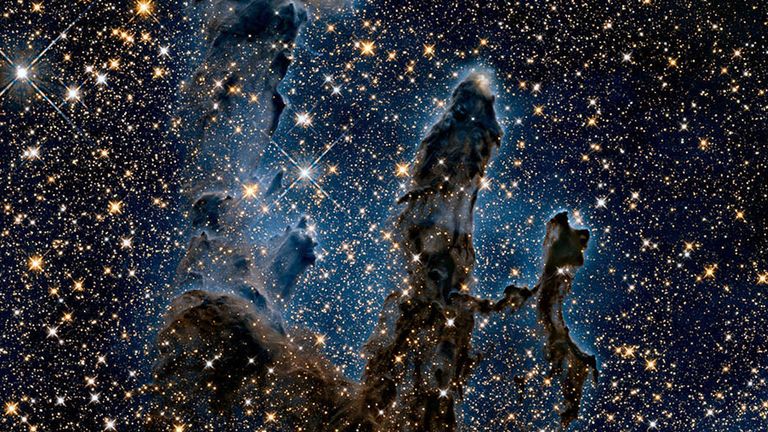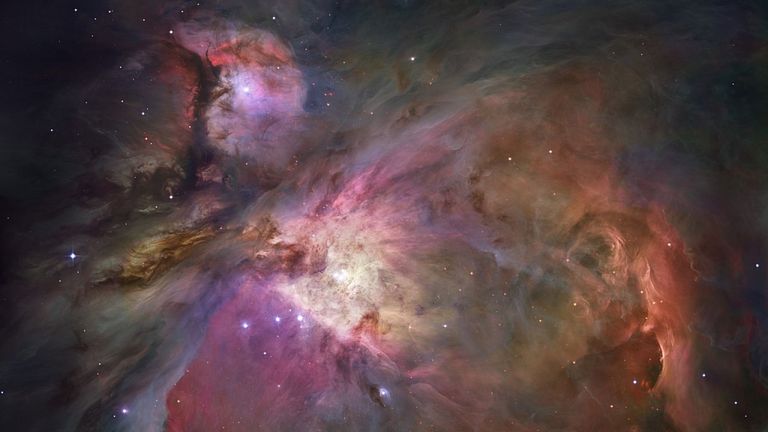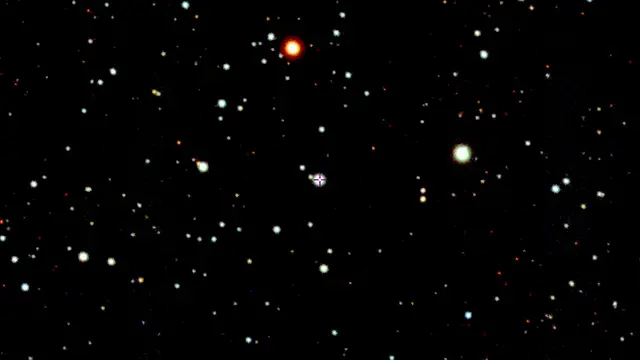Scientists have discovered a new type of astronomical cataclysm, offering an answer to a 13-billion-year-old mystery.
Known as a "magneto-rotational hypernova" the phenomenon is caused by the destruction of a collapsed, rapidly spinning star, and is described in a new study published in the journal Nature.
It is believed to be the origin of elements detected in another extremely ancient, "primitive" star in the Milky Way, including zinc, uranium, europium and possibly gold.

Image:Super and hypernovae produce nebula seen throughout the universe. Pic: NASA
These elements are believed to be forged when neutron stars merge, but when astronomers ran the numbers this phenomenon didn't seem to explain the mysteries of the composition of the primitive star.
Known by the designation SMSS J200322.54-114203.3, the star has an extremely low iron-to-hydrogen ratio, "about 3,000 times lower than the sun", said Dr David Yong, based at the Australian National University.
The additional neutrons that are needed in these elements could only have come from the violent collapse of a very early star, "amplified by rapid rotation and the presence of a strong magnetic field", the researchers explain.
The mysterious celestial body is extremely rare, not just because it has so little iron, but also because of the high levels of heavier elements.
In the early days of the universe, the first stars were made almost entirely of hydrogen - the lightest and most abundant element - and helium, which is the second lightest and most abundant.
As the most massive stars collapsed and exploded into neutron stars and black holes, they produced all of the heavier elements which have become incorporated into other stars.
The amount of heavy elements these events produce has been thoroughly calculated, and these sums just don't add-up when it comes to the mystery star in question.

Image:The heaviest elements are forged by black holes and neutron stars. Pic: NASA
"The extra amounts of these elements had to come from somewhere," said the University of Hertfordshire's associate professor Chiaki Kobayashi.
"We now find the observational evidence for the first time directly indicating that there was a different kind of hypernova producing all stable elements in the periodic table at once; a core-collapse explosion of a fast-spinning strongly-magnetized massive star.
"It is the only thing that explains the results."
While hypernovnae have been known since the late 1990s, this is the first time that one combining rapid rotation and strong magnetism has been detected.
"It's an explosive death for the star," said Dr Yong. "We calculate that 13 billion-years ago [this star] formed out of a chemical soup that contained the remains of this type of hypernova. No one's ever found this phenomenon before."
 简体中文
简体中文





